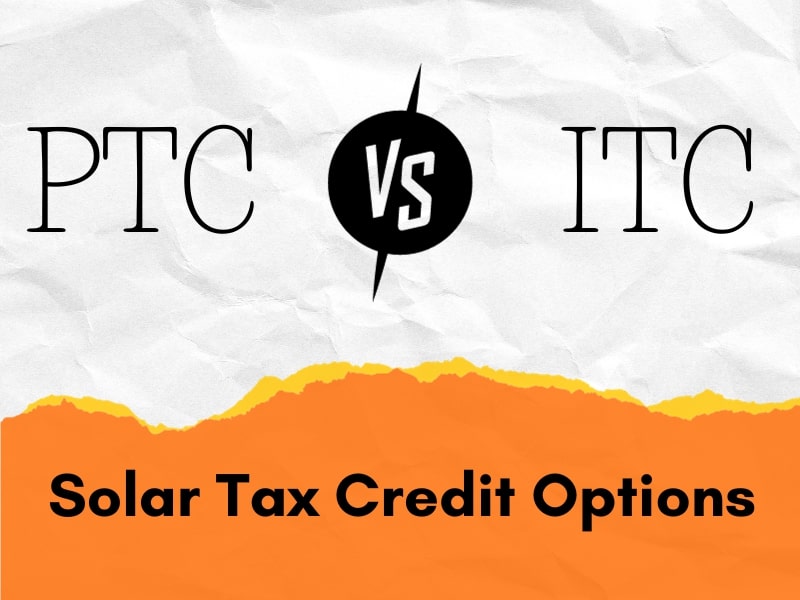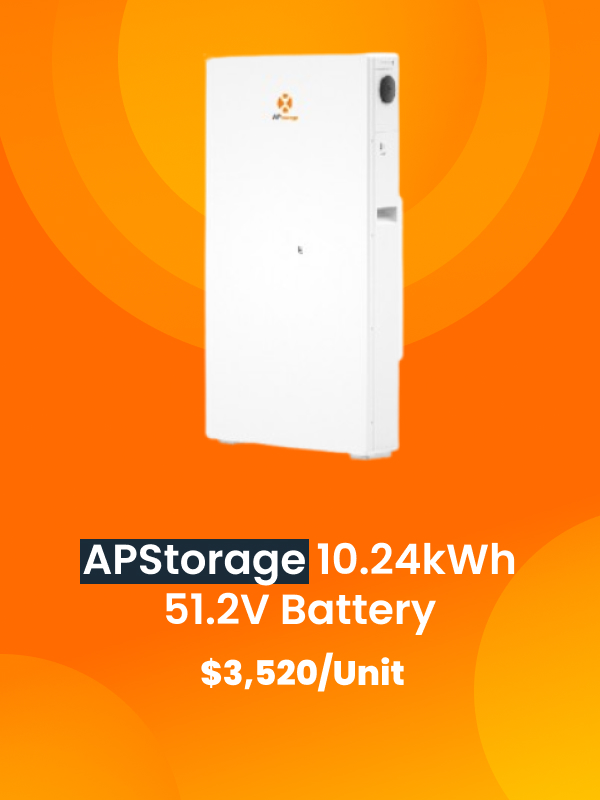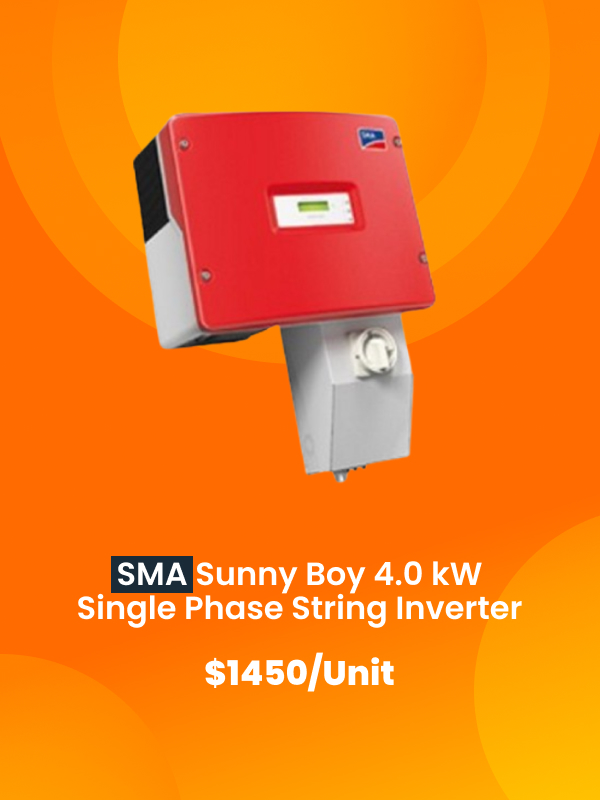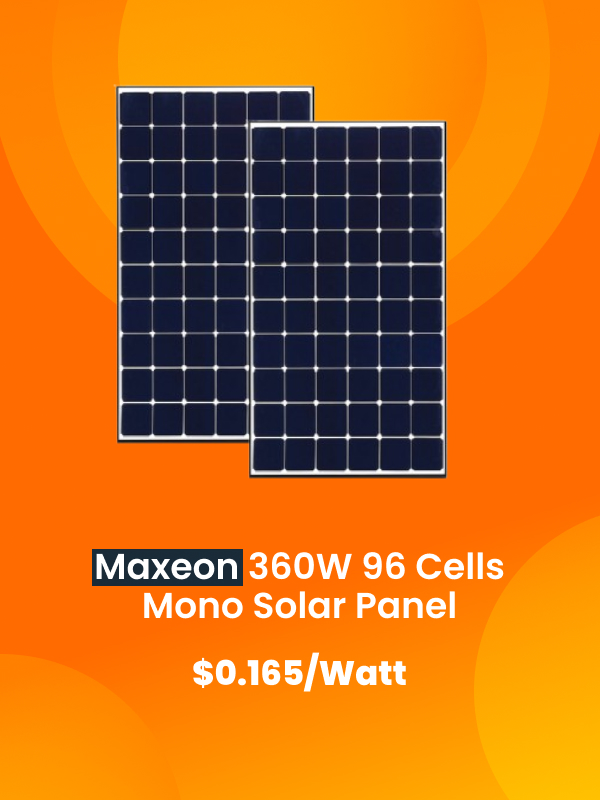At some point early in the buying process, our customers are bound to ask us about financial incentives. If they don’t bring it up, we will!
If you’ve been following our blog, you know it’s one of the first questions we recommend you ask your manufacturer or dealer.
To take full advantage of the financial benefits of your solar panels, it’s important that you understand all of the financial incentives that are available to you. The largest and most popular ones are the two federal incentives, the Investment Tax Credit (ITC) and the Production Tax Credit (PTC).
For those new to the solar industry, it can be confusing trying to determine which benefit is right for them. We’ve created this blog to help explain what these two credits are, what they cover, and who they benefit. We’ve also highlighted their differences to help you understand which one is the best for you.
Whether you’re a homeowner curious about solar panels, a business owner looking to invest in renewable energy, or a large-scale investor, this blog will provide insight to understand which incentives you qualify for.
What is the Investment Tax Credit (ITC)?
What is the ITC?
The Investment Tax Credit (ITC) is a dollar-for-dollar tax credit that can be claimed on federal income taxes for a percentage of the cost of installing a solar system.
Who qualifies for the ITC?
Both residential and commercial solar installations qualify for the incentive.
What expenses are included in the ITC?
- Solar panels
- Equipment, including mounting, wiring, and inverters
- Energy storage devices that have a capacity rating of 3 kilowatt-hours or greater
- Contractor labor costs for onsite preparation, assembly, and installation, including permits, inspections, and developer fees
- Sales taxes on eligible expenses
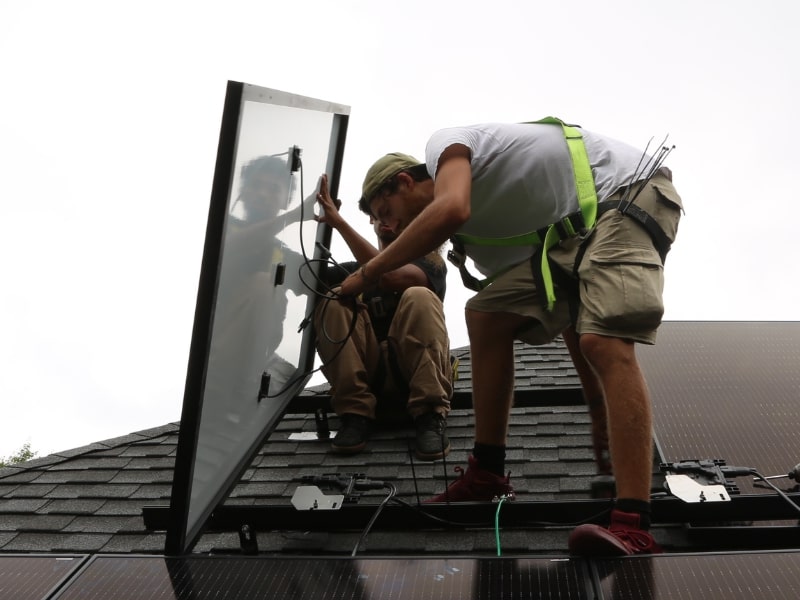
How much do I qualify for?
As the ITC is a dollar-for-dollar federal tax incentive, you will receive a 30% reduction in what you’ll owe on your federal tax return for the year you turn on your solar system.
If your system costs $25,000, you will pay 30% less on your federal tax return.
The ITC also features 10% low-income bonuses for projects built in low and moderate-income (LMI) communities, on Indian land, and for low-income residential projects.
What’s the timeframe for this incentive?
As part of 2022’s Inflation Reduction Act, the ITC timeline was extended as follows:
- Those who install(ed) a PV system between 2022-2032 will receive a 30% tax credit
- The tax credit will step down to 26% for systems installed in 2033
- The tax credit will step down to 22% for systems installed in 2034
- For systems installed in 2022, tax credits are increased from 22%-30% if you have not already claimed it
While we’re hopeful that when 2033 rolls around, congress will consider increasing the tax credit to 30% again. That said, we wouldn’t guarantee it, so getting your system installed is crucial while this incentive applies.
What is the Production Tax Credit (PTC)?
What is the PTC?
The Production Tax Credit (PTC) is a per-kilowatt-hour (kWh) tax credit for electricity generated by qualified energy resources.
Who qualifies for the PTC
The PTC applies to large, utility-scale solar farms that supply electricity to the grid. These projects must be located in the U.S. or U.S. territories, use new and limited previously used equipment, and not be leased to a tax-exempt entity such as a school.
What costs are included in the PTC?
The PTC is awarded based on many kilowatt hours (kWh) of energy solar production facilities produce yearly. The PTC does not directly include installation expenses or equipment costs but rather a financial incentive based on clean energy generated by the project.
How much does my facility qualify for the PTC?
The PTC is divided into projects that meet labor requirements and offers bonuses for projects that buy from American manufacturers and create projects within energy communities. The Inflation Reduction Act (IRA) defines energy communities as former brownfield sites, areas with high unemployment rates, and those with a high fossil fuel usage history.
There are step-downs in 2034 and 2035.
Here’s what these incentives look like:
If the project meets labor requirements
Base Credit:
- 2022: 2.75¢ /kWh
- 2023-2033: 2.75¢ /kWh
- 2034: 2.0¢ /kWh
- 2035: 1.3¢
- 2036: .0¢
Domestic Content Bonus
- 2022: NA
- 2023-2033: .3.¢
- 2034: .2¢
- 2035: .1¢
- 2036: .0¢
Energy Community Bonus
- 2022: NA
- 2023-2033: .3.¢
- 2034: .2¢
- 2035: .1¢
- 2036: .0¢
The project does not meet labor requirements.
Base Credit:
- 2022: .55¢
- 2023-2033: .55¢
- 2034: .4¢
- 2035: .3¢
- 2036: .0¢
Domestic Content Bonus:
- 2022: NA
- 2023-2033: .1¢
- 2034: .0¢
- 2035: .0¢
- 2036: .0¢
Energy Community Bonus:
- 2022: NA
- 2023-2033: .1¢
- 2034: .0¢
- 2035: .1¢
- 2036: .0¢
Example calculation: If your facility produces 1,000,000 kWh in a year and is eligible for the full base credit of 2.75 cents per kWh, the calculation would be:
1,000,000kWh×$0.025per kWh=$25,000 annually.
You may also be eligible for the two .1¢ Domestic Content and Energy Community Bonuses would add two additional $1,000 bonuses.
What is the timeframe for this incentive?
As you can see above, projects placed in service between 2022 and 2033 qualify for the full base credit, domestic content bonus, and energy community bonus. The stepdowns begin starting in 2034.
What are the differences between the ITC and PTC?
Understanding how the two credits differ lets you decide which makes the most sense for you. You’ll need to choose one or the other, as you cannot qualify for both.
The ITC is an upfront tax credit that reduces the initial cost of installing solar energy systems. It allows individuals and businesses to deduct a percentage of their investment in solar technology from their federal income taxes. This percentage is applied to the total cost of the solar system, including equipment and installation.
The PTC is more commonly associated with large-scale solar projects. Unlike the ITC, the PTC is awarded based on kilowatt-hours (kWh) of electricity generated and is available for the first ten years of a facility’s operation. The PTC incentivizes the construction and long-term operation of renewable energy facilities. While it offers a significant financial benefit, its application in the solar industry is more relevant for large-scale, utility-type solar projects.
The bright idea
The Investment Tax Credit (ITC) and Production Tax Credit (PTC) are two critical incentives in the United States that have significantly influenced the growth and development of the renewable energy sector, particularly solar energy. The ITC, with its upfront tax credit based on the installation cost, has been instrumental in promoting solar energy adoption in both residential and commercial settings. Its straightforward approach to reducing the initial investment cost makes it attractive to small to medium-sized solar projects. On the other hand, the PTC encourages large-scale renewable energy projects. Its focus on rewarding energy production over a period of time aligns well with long-term, utility-scale solar projects.
While the ITC is more inclusive for a broad range of solar adopters, the PTC caters to larger projects with its performance-based incentive. Understanding these two incentives’ distinct characteristics and applications is crucial for anyone looking to invest in renewable energy, as each has unique benefits and limitations.
As these incentives are subject to legislative changes, staying informed and consulting with financial and tax professionals is key to making the most advantageous decision for your energy project.
The ITC and PTC continue to shape the renewable energy landscape, steering it towards a more sustainable and environmentally-friendly future.
Still have questions about which incentive makes the most sense for you? Contact one of our solar experts today!

